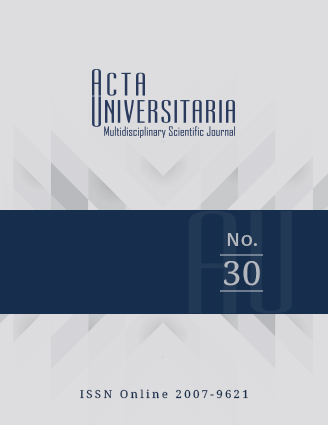Nutrition education intervention in schoolchildren to modify the quality of snacks brought from home
Published 2020-06-03
How to Cite
Abstract
Children's eating habits are characterized by a high consumption of high-calorie foods with low nutritional value. The aim of this study was to modify the quality of the lunch that schoolchildren brought from home. With a follow-up of eight weeks, an intervention group (IG) and a control group (CG) were formed with children in elementary school (1st and 2nd grade) with an average age of 6.85 ± 0.60. The strategy consisted of teaching nutrition education to the IG. Anthropometric measurements were taken in both groups, and the food that the children brought for lunch was observed for three non-consecutive days. At the end of the intervention, in the IG the fruit/vegetable consumption increased (p = 0.024), whereas it decreased in the CG (p = 0.014). The consumption of sugary drinks decreased in the IG (p = 0.008), while in the CG it remained (p = 1.000). In conclusion, an increase in the consumption of healthy foods and a decrease in industrialized beverages were observed; however, it is recommended to increase the intervention time to obtain a more significant result.


